PROS AND CONS OF THE OPEN OFFICE CONCEPT
%20(1)-1060x400w.png)
PROS AND CONS OF THE OPEN OFFICE CONCEPT
The
objective of the open office concept was to make work environments more
flexible and conducive to collaboration by removing walls and other barriers
and replacing them with chairs and plants to establish defined areas. The open
office design we see nowadays, which has been embraced by many businesses as a
way to foster employee communication and cooperation, boost creativity and
innovation, and lower real estate expenses, was inspired by this idea in the
past. Several businesses have used hybrid designs that combine open and
enclosed workspaces as a result of criticism of the open office concept for its
tendency to increase distractions and reduce privacy.
Let's take a closer look at the pros and cons of the open office concept.
PROS
 (1).png)
1. PROMOTES COLLABORATION AND
COMMUNICATION
The open office concept is intended to promote employee engagement and communication, which may boost productivity, creativity, and innovation. This layout encourages teamwork and collaboration, makes it simple to share ideas and information, and helps strengthen connections between coworkers.
 (1).png)
2. INCREASE
FLEXIBILITY AND ADAPTIBILITY
When compared to conventional cubicle-based designs, open office concepts are typically more flexible and adaptable. This makes it simple for companies to rearrange workplaces to fit daily users or team sizes. Moreover, open office layouts frequently include furniture that is modular and adjustable walls that can be moved around easily to establish various work areas and boost productivity.
 (1).png)
3. ENHANCES
NATURAL LIGHT AND VISIBILITY
Large windows and very few walls are common in open office designs, which encourage the unrestricted flow of natural light. This can boost employee well-being and productivity by raising mood while lowering eyestrain and weariness. Furthermore, open office layouts frequently offer more visibility and openness, enabling staff to engage and interact with coworkers even if they are not in the same department or team.
CONS
 (1).png)
1. INCREASE
NOISE AND DISTRACTIONS
The reality that open office concept can result in higher noise levels and distractions, which can be particularly problematic in hectic work environments, is one of the main objections levelled against them. Interruptions can make it difficult for workers to concentrate and finish a task, and noise can be a significant source of stress and productivity reduction.
 (1).png)
2. REDUCES
PRIVACY AND PERSONAL SPACE
Open office designs often feature open workplaces and few walls, which can lessen employee privacy and personal space. Employees may find it challenging to focus on their work, conduct private discussions, or take breaks without feeling as though they are being watched or disturbed as a result.
 (1).png)
3. FOR
SOME TASKS, IT COULD BE UNCOMFORTABLE OR IMPRACTICAL
Although open office designs are intended to encourage interaction and collaboration, they might not be appropriate for all activities or different kinds of jobs. Employees that must focus on intricate or detail-oriented work, for instance, could find it challenging to concentrate in a crowded and noisy open plan office. Similar to this, staff who must handle sensitive or private data may need greater privacy and protection than an open workplace can offer.
In summary, the open office design is a sophisticated and multifaceted method of office layout. While it can encourage flexibility, collaboration, and cost reductions, it can also lead to more distractions, compromise privacy, and possibly lower levels of productivity. Hence, before choosing an open office plan, it's crucial to thoroughly analyze the advantages and disadvantages as well as the demands of the company and its employees.

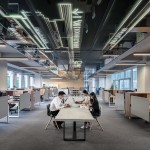


_page20_image40-150x150h.jpg)
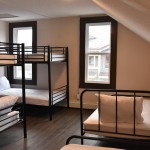


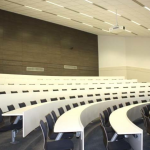


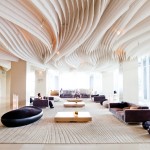




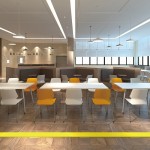
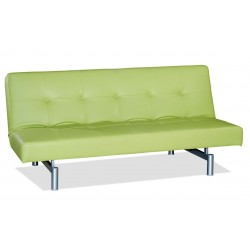
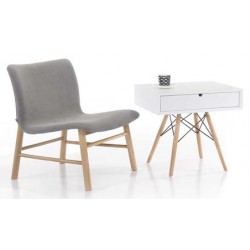
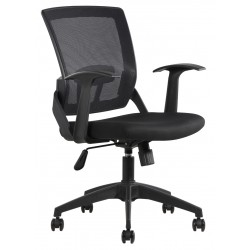
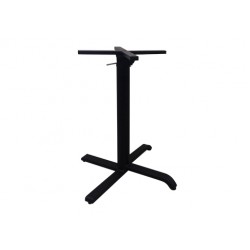

Leave a Comment